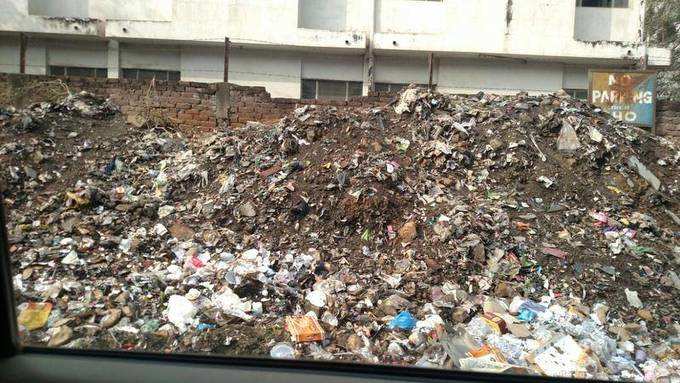
The demonetization snafu and upcoming state elections will mean that
Take the case of municipal solid waste (MSW). Of the estimated 62 million tonnes of MSW generated annually in urban areas, over 80% is disposed of indiscriminately at dump yards and scientific disposal is virtually non-existent. The
The need for a larger strategy is evident also in India’s ambitious renewable energy programme, which aims to contribute to universal clean energy access and energy security, while ensuring minimum growth in carbon emissions. The programme is laudable, yet the target of achieving 175 GW of renewable generation capacity, cannot be realistically achieved without giving an impetus to indigenous manufacturing in the solar power segment in India. At present, India has a cumulative solar cell and module capacity of about 5.5 GW annually which is less than one-third of the annual requirement of about 18 GW capacity addition to be achieved in next 5 years. The main problems for the Indian module manufacturers in India is the cost of finance i.e. 12-15% which is more than double the cost in US and China. Secondly, India does not have local ecosystem of quality raw material suppliers, which leads to longer lead time for importing raw material (45 to 90 days). It results in requirement of heavy investment in working capital. The cost competitiveness for Indian manufacturer is further reduced as imported finished modules are duty free however the import of glass and some other raw material for module manufacturing attracts import duty. Finally, Indian manufacturers purchase raw material in Dollars and sell the finished product in Rupees, taking on an additional risk of currency fluctuation. Unless the entire ecosystem of indigenous production is systematically addressed, our renewable energy targets, and the full potential of their linkages with the rest of the economy, are unlikely to be realized.
The Finance Minister needs to send out a strong message on the saliency of environmental concerns for the development agenda and to commit resources for awareness building towards this. He also needs to ensure that the incentives and resources of the central Government are used tactically as part of an integrated and long term strategy, which is executed in a coordinated manner across ministries and states.
(This article is authored by Divya Datt, Fellow at TERI and Abhinav Jain, Research Associate at TERI)